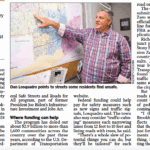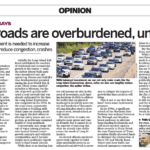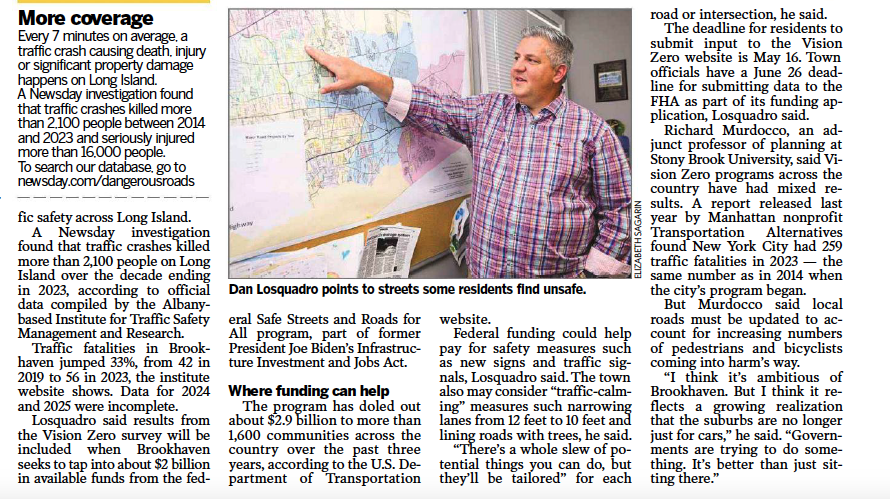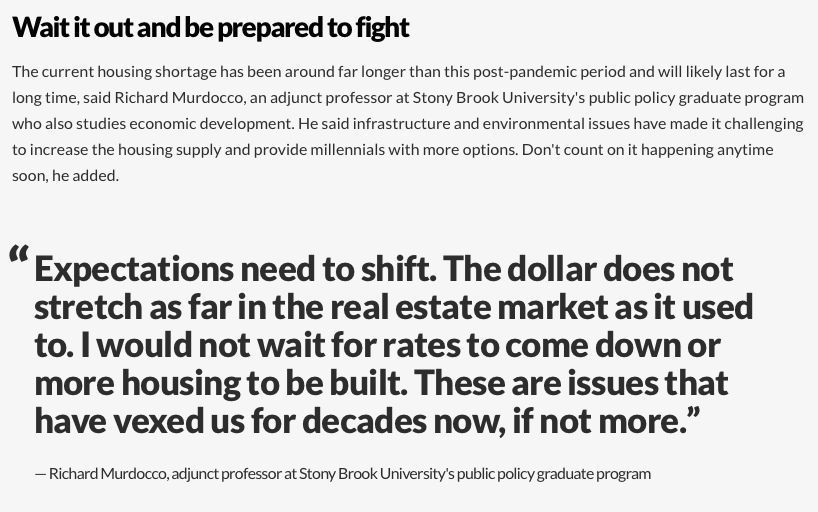The following appeared on Long Island Business News’ Young Island:
Just in case you haven’t heard: Taubman Centers wants to build a mall in Syosset on the old Cerro Wire property.
The property, located at 305 Robbins Lane, is 39 acres located beside the Long Island Expressway’s North Service Road. The mall proposal has been floating around for about 18 years, but is about to reach a critical point on August 20 when residents vote on whether to allow the Town of Oyster Bay to sell an adjacent 54 acre parcel of “surplus” land to the Simon Property Group, the owner and operator of several malls on Long Island. The deal was a bit shady, but that’s not the point of this piece; what is important to me is whether or not a mall in Syosset makes sense from a planning perspective.
Look at the following map of the proposed project area:

Proponents for the project say constructing the first mall on Long Island in 30 years (the various Tanger Outlet centers are technically different apparently) would generate more than 5,500 jobs and $50 million annually in tax revenues. These are pretty impressive numbers to be touting, but given the biased source, who knows how accurate they are. The site’s prior use was industrial and was a brownfield up until 1994, when then-owner the Tribune Company worked to remediate the property and remove it from the New York State Department of Environmental Conservation’s hazardous waste sites. Currently, the property is an overgrown meadow.
From a planning perspective the proposal’s Achilles heel is a fatal combination of traffic and site access. The proposed mall site is isolated, with much of its southern access cutting through residential subdivisions via Marlene Drive, and northern access from Gordon Drive. Robbins Lane, in yellow, runs through the light industrial district to become the primary road for scores of neighborhoods to the west. The Long Island Expressway is already burdened with increased volumes feeding from the Seaford-Oyster Bay Expressway and the Northern State Parkway.
Often, traffic is the go-to reason why a project should be killed on Long Island by NIMBY groups. Traffic is blamed so frequently and without merit that valid traffic concerns often unfairly get grouped with a CAVE (Citizens Against Virtually Everything) mentality. In this instance, the Syosset community has every right to be up in arms over Taubman’s proposal – the mall would generate traffic on the primarily residential and secondary access streets that provide access from the north (Gordon Drive, in blue) and south (Marlene Lane, in green), and off of the LIE (Robbins Lane in Yellow).

If you look at other mall locations on Long Island, you can see that access is typically a non-issue. Roosevelt Field Mall has the Meadowbrook Parkway, Old Country Road and Zeckendorf Boulevard. Clinton Road to the west, a relatively residential secondary road, is cut off from the mall entirely. Smith Haven Mall is literally sandwiched between Nesconset Highway and Middle Country Road, and is relatively buffered from residential neighborhoods.
The only outlier is Walt Whitman Mall in Huntington. The mall has access from Route 110, fed by both the LIE and Northern State Parkway, and New York Avenue, a secondary road. The neighborhoods off of New York Avenue see large amounts of traffic generated by the both the mall and the Route 110 corridor. I can imagine a mall in Syosset would have a similar impact on the surrounding neighborhoods.
Often, I write about the concept of a “conflict of land use.” When you open up the paper and see residents protesting a development project of some sort, odds are there is a conflict of land use. In areas with Euclidean zoning, or zoning where each use is separate and distinct (think separate residential, commercial and industrial areas), a conflict of land use arises when one use is not compatible with another. An example of this concept would be placement of a landfill near residential homes, or series of sewage treatment plants near schools – these essential, but “nuisance” uses have no place near residential or institutional centers. Conflicts of land use arise when residential, commercial and industrial zones have no buffer between one another.
In this instance, the mall doesn’t constitute a direct conflict of land use because the parcel is isolated geographically from the subdivisions thanks to the LIE to the south and the Town of Oyster Bay’s land directly to the north. However, the impacts of placing a mall at that location will reverberate throughout the area. Further, if the land sale is approved by voters on August 20, the project site’s northern access would be effectively cut off. This would put more of the access burden on Marlene Drive and the LIE.
It is important to remember that a mall is a large intensification of usage when compared to an industrial or light industrial use. In the early 1990s, the Tribune Company was planning on building a printing plant, a valid proposal in an existing industrial area.
In planning, the general rule of thumb is that if you want to intensify a parcel’s density and usage, you have to upgrade the accompanying infrastructure to accommodate the increased demand. Since the project is in Nassau County, wastewater is not so much a concern as the carrying capacity of the transportation infrastructure. Unless Marlene and Gordon are updated to accommodate the increased traffic volumes, traffic will be a large issue. Further, since these roads are secondary arterial roads in residential areas, expansion is highly unlikely.
What also must be taken into account is market saturation. Is there room for yet another mall? With Walt Whitman finishing off their expansion, Roosevelt Field bustling and the Source in Westbury struggling, it’s worth exploring whether or not we are oversaturating the Nassau-Suffolk market with high-end shops.
When planning, one has to cast political squabbles aside and look at the facts and data. Taubman’s claims of job generation and tax revenue may all be true, and if so, are important to consider. The creation of jobs should always be pursued, and increasing an area’s tax base is always a good thing (when done in the right manner). Taubman is also right to say that the land dealing between the town and Simon isn’t exactly kosher; if a project is to be shot down, it should be done so based upon sound planning principles, not chess-like land dealings.
If a mall is built on the Cerro Wire Property, they don’t have the foggiest idea what sound planning is. In the future, the developer has to sit down with the community and town, hash out a vision for the parcel, and all work together to improve the brownfield. Do we need a mall with the low-wage retail jobs that Long Island is becoming known for? When famed Long Island Developer Wilbur Breslin says he agrees with the community and the project is “too dense,”it may be time to go back to the drawing board.
Always remember: The best development proposals begin with transparency and full public input as early on in the process as possible.
Richard Murdocco is a digital marketing analyst for Teachers Federal Credit Union, although the views expressed in this post are Murdocco’s alone and not shared by TFCU. Follow him on Twitter @TheFoggiestIdea, or email him at rich.murdocco@gmail.com.











